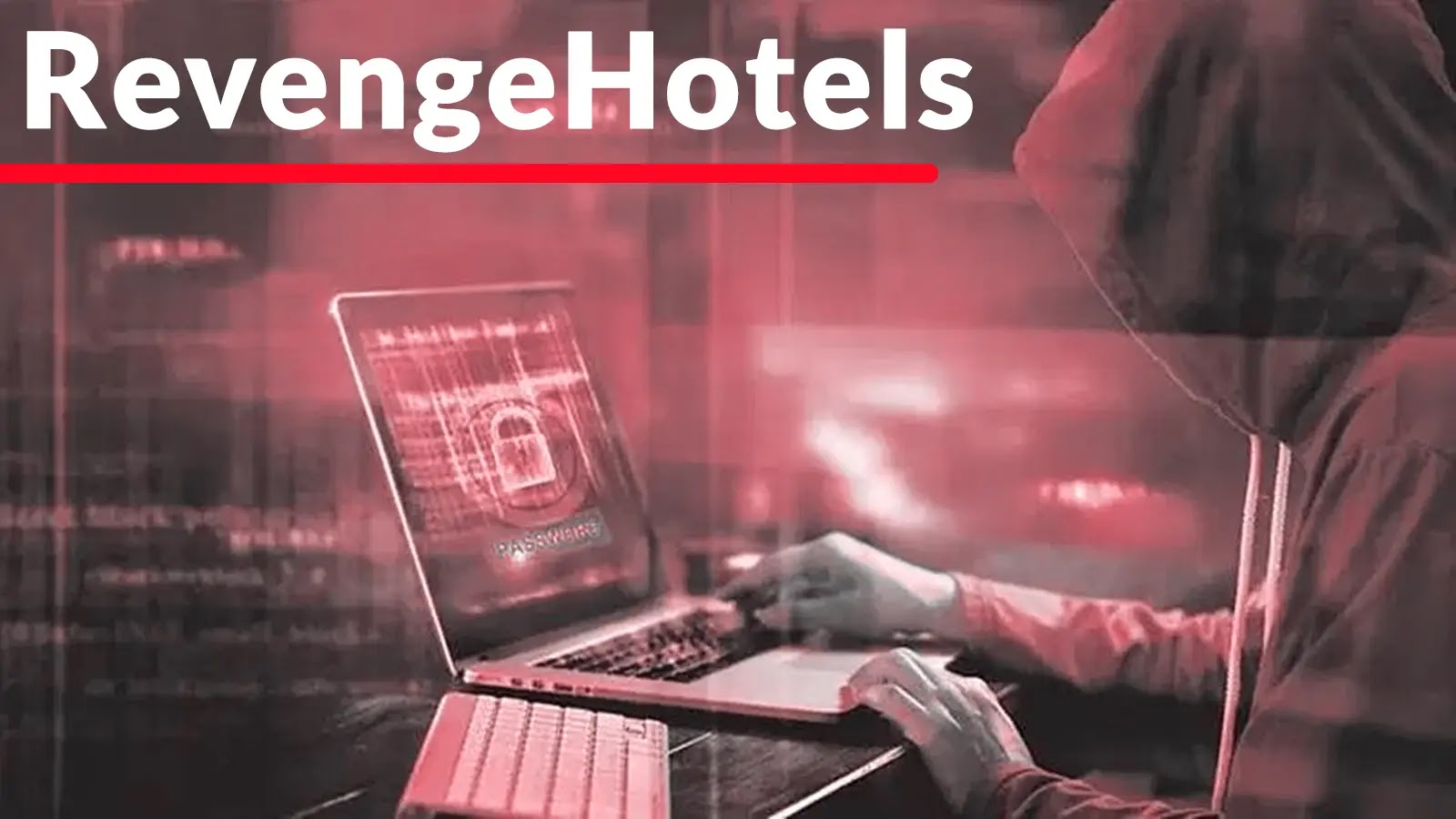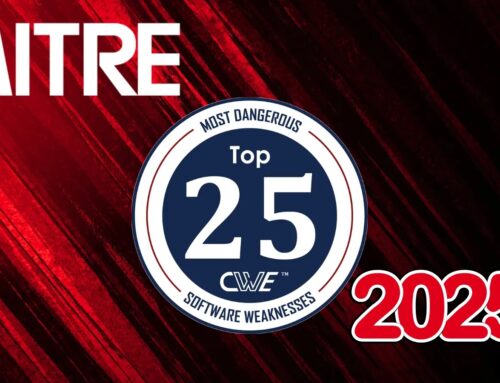
RevengeHotels Leveraging AI To Attack Windows Users With VenomRAT
The hospitality sector, a prime target for cybercriminals due to its rich trove of customer data and often interconnected systems, faces a sophisticated and evolving threat landscape. For years, the financially motivated group known as RevengeHotels has plagued this industry. Now, a concerning development has emerged: RevengeHotels is leveraging generative AI to enhance its attack capabilities, specifically targeting Windows users with the insidious VenomRAT.
This isn’t merely an incremental improvement in their tactics; it represents a significant shift that demands immediate attention from cybersecurity professionals. Understanding this new phase of their operations is crucial for safeguarding sensitive data and maintaining operational integrity within the hospitality industry and beyond.
RevengeHotels: A Long-Standing Threat to Hospitality
Active since 2015,
RevengeHotels has consistently demonstrated its focus on organizations within the hospitality sector. Their modus operandi typically involves highly targeted phishing campaigns, designed to infiltrate hotel front-desk systems. The objective is clear: gain access to sensitive guest information, including payment card details, personal identification, and booking data, for financial exploitation.
Historically, their campaigns have deployed custom-built Remote Access Trojans (RATs) such as RevengeRAT and NanoCoreRAT. These bespoke tools allowed them to maintain persistence within compromised networks, exfiltrate data, and further their malicious objectives. The group’s persistence and adaptability underscore the ongoing challenges faced by an industry that often grapples with legacy IT infrastructure and a highly distributed operational model.
The AI-Powered Evolution: VenomRAT and LLM Integration
The latest intelligence indicates a concerning escalation in RevengeHotels’ capabilities. The group is now integrating large language model (LLM)–generated code into its infection chain. This is a game-changer. LLMs, adept at generating human-like text and code, can significantly streamline the development of malicious payloads, evade detection, and craft more convincing social engineering lures.
The immediate consequence of this AI integration is the deployment of
VenomRAT implants. VenomRAT, while not entirely new, is a potent and versatile malicious tool capable of extensive system compromise. Its features typically include keystroke logging, screen capturing, file exfiltration, and remote control capabilities, offering comprehensive access to a victim’s system.
The use of AI-generated code suggests several potential advantages for RevengeHotels:
- Increased Obfuscation: LLMs can generate varied and complex code mutations, making it harder for signature-based antivirus solutions to detect.
- Faster Development Cycles: Malicious code can be produced and iterated upon more rapidly, allowing for quicker adaptation to defensive measures.
- More Sophisticated Lures: While the reference specifically mentions code generation, the ability of LLMs to craft highly convincing and personalized phishing emails or messages cannot be overlooked, potentially increasing the success rate of their initial compromise attempts.
Attack Vector: Targeting Windows Users via Phishing
Consistent with their historical methods, the primary attack vector remains
phishing emails targeting hotel front-desk systems. These systems are often critical operational hubs, processing bookings, guest check-ins, and handling payment transactions. Compromising them provides a direct conduit to highly valuable data.
The specific vulnerability or method used to deliver VenomRAT implants via LLM-generated code isn’t fully detailed in the provided source. However, it’s highly probable that traditional phishing techniques, such as malicious attachments (e.g., weaponized documents, executables disguised as legitimate files) or links to compromised websites, are still central to their initial access strategy. The AI component likely enhances the effectiveness of these payloads, either by making them more stealthy or by facilitating their creation.
While no specific CVEs are directly mentioned in relation to this specific campaign’s direct exploit, the overarching danger often stems from social engineering and the exploitation of common software vulnerabilities or misconfigurations. Users should be aware of a broad range of potential vulnerabilities that are frequently targeted in phishing attacks, such as those impacting Microsoft Office products or web browsers. For instance, vulnerabilities like CVE-2023-38831 (WinRAR ACE format code execution) or older, unpatched vulnerabilities in common applications could be exploited to deliver such RATs.
Remediation Actions and Proactive Defenses
Combating financially motivated groups like RevengeHotels requires a multi-layered defense strategy. Given their evolving tactics and the integration of AI, organizations must be proactive and adaptive.
- Enhanced Email Security: Implement robust email filtering, sandboxing, and DMARC/SPF/DKIM authentication to detect and block malicious emails before they reach end-users.
- User Awareness Training: Conduct regular, up-to-date cybersecurity training, specifically emphasizing phishing recognition, the dangers of unsolicited attachments, and reporting suspicious emails. Highlight the sophistication of modern phishing lures.
- Endpoint Detection and Response (EDR): Deploy EDR solutions to monitor endpoints for suspicious activity, detect anomalous behavior indicative of RAT infections, and enable rapid incident response.
- Network Segmentation: Isolate critical front-desk systems and guest data networks from general corporate networks to limit lateral movement in case of a breach.
- Regular Patch Management: Ensure all operating systems, applications, and firmware, especially on front-desk systems and user workstations, are patched promptly to address known vulnerabilities like those tracked by the CVE database.
- Principle of Least Privilege: Implement the principle of least privilege for all user accounts, especially those accessing sensitive systems. Users should only have the minimum necessary access to perform their job functions.
- Data Backup and Recovery: Maintain regular, offsite, and air-gapped backups of all critical data to ensure business continuity in the event of a successful attack.
- Incident Response Plan: Develop and regularly test a comprehensive incident response plan for data breaches and malware infections.
- Threat Intelligence Integration: Subscribe to and integrate relevant threat intelligence feeds to stay informed about the latest tactics, techniques, and procedures (TTPs) used by groups like RevengeHotels.
Tools for Detection and Mitigation
Effective defense against advanced threats often relies on a combination of technology and best practices. Here are some categories of tools vital for detecting and mitigating threats like VenomRAT:
| Tool Category | Purpose | Examples & Link |
|---|---|---|
| Email Gateway Security | Blocks malicious emails, detects phishing, and scans attachments. | Proofpoint, Mimecast, Microsoft Defender for Office 365 (Link) |
| Endpoint Detection & Response (EDR) | Monitors endpoint activity, detects anomalies, and provides automated response capabilities. | CrowdStrike Falcon, SentinelOne, VMRay Analyzer (Link) for sandbox analysis |
| Network Intrusion Detection/Prevention (NIDS/NIPS) | Identifies and blocks malicious network traffic patterns and C2 communications. | Snort (Link), Suricata (Link) |
| Vulnerability Management | Identifies and helps remediate security vulnerabilities across infrastructure. | Qualys, Tenable.io, Rapid7 InsightVM (Link) |
| Security Information & Event Management (SIEM) | Aggregates and analyzes security logs for threat detection, compliance, and incident response. | Splunk, IBM QRadar, Elastic SIEM (Link) |
Conclusion
The integration of AI into the RevengeHotels attack chain marks a significant turning point in cyber warfare against the hospitality industry. By leveraging large language models to generate code, these financially motivated threat actors can develop more sophisticated, evasive, and rapidly deployable payloads like VenomRAT. This evolution necessitates a renewed emphasis on comprehensive cybersecurity strategies.
Organizations must prioritize robust defenses encompassing advanced email security, resilient endpoint protection, rigorous patch management, and continuous security awareness training. The threat landscape is increasingly dynamic; maintaining a proactive and adaptive security posture is no longer optional but a fundamental requirement for protecting sensitive data and business operations.





